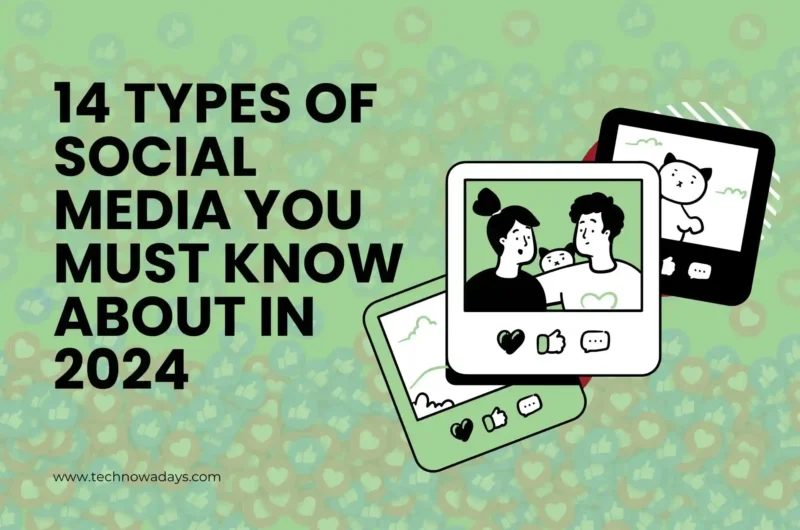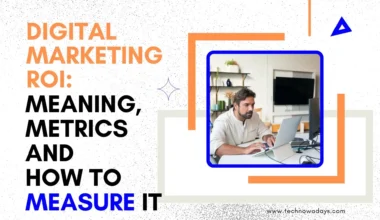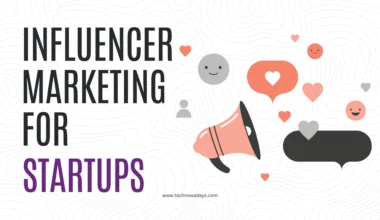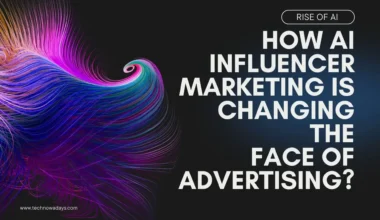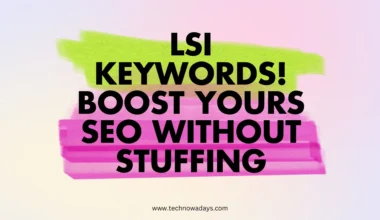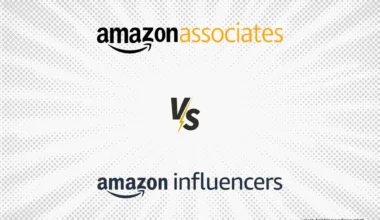Social media has become the most effective platform for businesses to reach more audiences and accelerate business growth.
There are almost 5.17 billion users on different social media platforms who have the potential to be loyal customers if you target the right audience carefully.
Therefore, learning how to use different social media platforms and what type of content you need to engage the audience is essential.
For example, should you upload photos or focus on videos? What type of blog strategies should you follow?
What forums can be more beneficial for your brand? There is no need to worry about all this stuff because we will discuss different types of social media that you must know. The discussion will help you narrow down the required marketing strategies and platforms that can be more productive for you and your brand’s target audience.
Let’s get started now!
14 Types of Social Media
1. Social Networking
You must be aware of Facebook, one of the most popular social networking spaces worldwide with almost 2.9 billion users. People use these platforms to share their photos, videos, and views on different topics, conduct discussions, and share information about their brands.
Similarly, you can send messages, share, like, or comment on different posts. These platforms provide an excellent opportunity for other businesses to raise brand awareness and reach the targeted audience.
You can create a more loyal and vibrant community of customers on these platforms and use these platforms to drive more traffic to your websites.
Social networking sites include Facebook, Snapchat, Instagram, LinkedIn, and Twitter(X).
How is It Helpful for Brands?
- Brands can share posts, news, and information relevant to their products
- They can create a direct connection with their audience and respond to their queries
- They can keep the audience engaged with their brand and
2. Live Streaming Apps
Live streaming has become a popular way to keep your audience engaged with your brand. You can tell the audience about your new products, answer their questions in real time, read their reviews, and make a more direct connection with them.
According to a statistical survey, 37% of social media users feel that live streams are more engaging and informative than other in-feed content. The live-streaming market is blooming with time, and we can see a rise in market value.
Several social media platforms allow you to go live and talk to your audience such as Facebook, Twitter, YouTube Live, Twitch, and UStream are the top examples of Live streaming apps.
How is it Helpful for Brand?
- You can provide a detailed introduction to your product or give a candid view of your brand.
- Offer different deals, discounts, and gift hampers for the audience in your love sessions.
- You can talk about an upcoming product or take reviews and conduct a QNA session in live streaming.
3. Photo Sharing Sites
Visual content stays in viewers’ minds longer than audio or text content. No one in your audience reads long paragraphs or textual information in your posts. However, you can grab their attention by using highly captivating and attractive graphics, photos of your product, and different images.
40% of marketers in the industry use all types of pictures, images, and visual content.
Instagram is one of the top photo-sharing sites, with 2.4 billion active users and the world’s one-fourth highly active internet population. Instagram has one of the most influential and intelligent algorithms that refine the user’s feed according to their interest and help businesses reach their target audience and interested customers.
For example, if you search for bed sheets online, the Instagram algorithms will fill up your feeds with different bed-sheet brands or sellers in your area or region. Moreover, it has a very simple and user-friendly interface that everyone can use without a problem.
Other popular examples of photosharing platforms are Pinterest, Snapchat, and Imgur.
4. Video Sharing Sites
Videos are also a popular way to spread awareness about your brand. 91% of marketers believe video content is crucial to successful marketing campaigns. One of the most popular video-sharing sites is YouTube, which has 2.49 active users monthly.
People like video content because there is no need to scroll or read; they just watch. You can use videos to tell how your products are making their lives easier, talk about customer reviews, or announce upcoming deals or discounts.
YouTube, TikTok, and Vimeo are the most famous video-sharing platforms.
5. Audio Sharing Sites
Several audio-only platforms are available on the internet where you can interact with your audience and communicate with them directly if you do not want to share your video.
Some famous audio-only tools Twitter Spaces and Facebook Live Audio Room have become quite popular since Covid 19. Still, several businesses, celebrities, and influencers use these platforms to talk to their audience and keep them engaged with their brand.
6. Social Messaging App
Social media apps such as WhatsApp and Facebook allow you to send messages to your audience. These apps allow companies to communicate directly with customers in their personal chatboxes.
You can send them promotional messages, answer their questions, and use chatbots to provide 24/7 assistance. Similarly, you can create groups with your loyal customers and followers to keep them posted and engaged with your upcoming products.
7. Disappearing Content
These social sites allow you to share content that disappears after a specific period. After that short period, the content will no longer be available to the public. Snapchat is the biggest example of these platforms, where whatever you share will disappear after 24 hours.
If a person sends messages or adds a story on Snapchat, it will disappear after 24 hours; however, if he shares content within a streak, it will disappear right after you open or watch it. Similarly, you can add stories on Facebook, Instagram, and WhatsApp to keep the audience engaged and share exciting news.
8. Social Shopping Apps
Almost all social media platforms allow businesses to open an online store or shop and help the audience find what they are looking for. Now, you can browse and purchase different items without leaving the app or visiting the brand website. 60% of Instagram users use the app to buy different products, especially related to makeup, clothes, and house decor.
You can create a Facebook Shop or use Shopify, Pinterest, Etsy, or several other popular online shopping platforms to create your online store. You can also link your Facebook shop with your Facebook or Instagram pages.
9. Interactive Social Media Apps
Some social media apps focus on interaction and engagement with customers. They use different techniques, such as gamification, competition between users, and voting. For example, Snapchat allows users to create customized filters on their photos by using augmented reality features. Similarly, to keep your audience engaged, you can create.
10. Discussion Forums
Online discussion platforms can host a massive array of discussions on different topics and events. For example, the audience visits Reddit for almost every type of discussion, including jokes and fun talk.
They share reviews and their experiences with different brands and products on these platforms and leave a positive or negative impression about any brand for other people. You can participate in this discussion to raise awareness of your brand and answer relevant questions.
You can also learn about the customer experience with your brand and what areas you need to work to enhance customer satisfaction rate with your products.
11. Microblogging Platform
You can use platforms like Twitter and LinkedIn to share short blog-type information with your audience. Twitter allows users to create a 140-character blog. You can use hashtags in these blogs to join conversations about your business.
Moreover, you can share news, articles, and exciting announcements with your audience.
12. Community Blogging Sites
These community sites allow users to write blogs, share ideas, and write articles on your products. You can also collaborate with our projects using these sites. These sites help you target specific audiences for specific niches where you can work with like-minded people and get unique and fresh ideas on content creation.
These platforms also engage a larger community of users and help you promote your brand. Medium, GrowthHackers, and DoSplash are the types of these brands.
13. Social Review Sites
Around 36% of internet consumers use online reviews and read customer experiences with different products before making a final decision. Positive reviews are essential to make your brand more credible and authentic.
You can use Google Business Profile, Yelp, Amazon, and Facebook to create an excellent profile with positive customer reviews.
14. Social Curation
Social bookmarking helps visitors save a webpage to view or visit later. You can create a content bucket for different channels for your content and team. Moreover, you can use these sites to collect customer research and insights.
Final Words
All these platforms can assist businesses in creating a strong brand profile and spreading customer awareness. Your social media presence can also help you reach a targeted audience and define your business goals.
However, successful marketing depends on your strategies, type of content, and overall budget planning.

